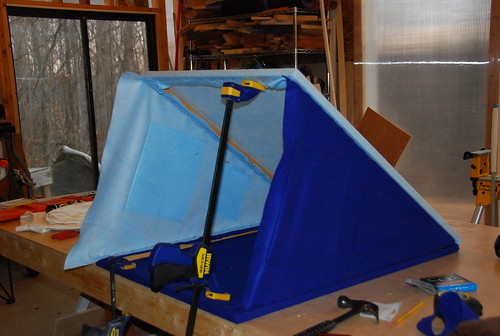
On Thursday February 19th we had our second Adventures with Mimi class. We started off by having the children design their own gardens. I explained that when it comes to gardening and growing things, now is a great time to start planning and buying seeds. Parents first drew maps of their back yards or patios and then the children filled in the maps with their own imaginative garden plans. They got some great ideas from the Seeds of Change catalog, which is full of heirloom varieties such as, purple potatoes, red carrots, and yellow watermelons. I was inspired to write a song about gardening to teach the children; it goes like this:
My Favorite Garden
My favorite things to eat are veggies in the garden
My favorite things to smell are flowers in the yard
Everything is blooming all the colors in the rainbow
growing from the soil below
My favorite things to hold are seeds and to plant them
My favorite things to watch are seeds when they grow
Everything is growing all the colors in the rainbow
growing from the soil below
My favorite things to catch are bugs in the garden
My favorite place to hide is in the garden too
Everything is growing all the colors in the rainbow
growing from the soil below
My favorite one to help is mommy in the garden
My favorite job to do is water all the plants
Everything is growing all the colors in the rainbow
growing from the soil below
After the drawing exercise, we went outside to plant seeds that tolerate frost and are meant to be planted early: radishes, snow peas, and spinach. Kate Bennis has a very nice raised bed, ready and waiting to be a fabulous vegetable garden. In the raised bed, kids got to dig in the dirt, find earthworms, and plant seeds. We sanitized our hands afterwards because of the horse manor. We got chilly, went inside where Kate made everyone some hot chocolate to warm up. While enjoying a warm drink I read to the children a stunningly beautiful book called A Seed is Sleepy by Aston and Long. I see these authors also have an egg book, which I must find!
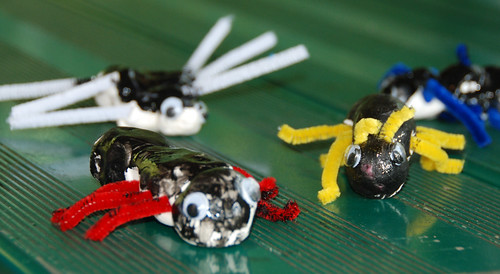
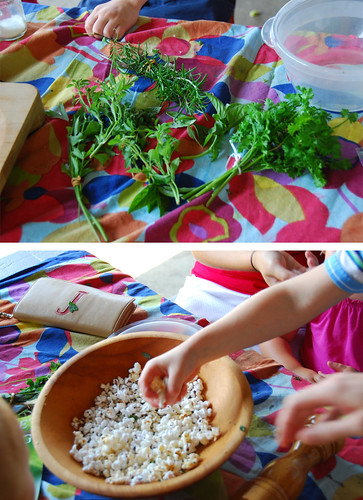

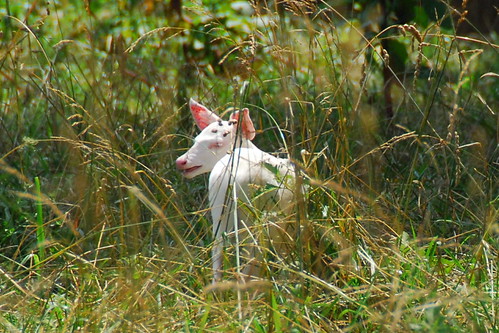 On my to a workshop at a flower farm in Keswick Virginia, I spotted this albino fawn, while driving in my car. It was about 10 yards away, but luckily I had my trusty
On my to a workshop at a flower farm in Keswick Virginia, I spotted this albino fawn, while driving in my car. It was about 10 yards away, but luckily I had my trusty 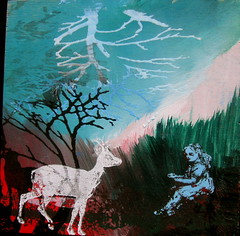


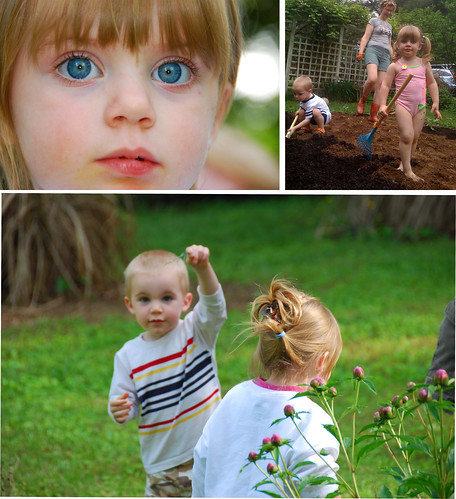

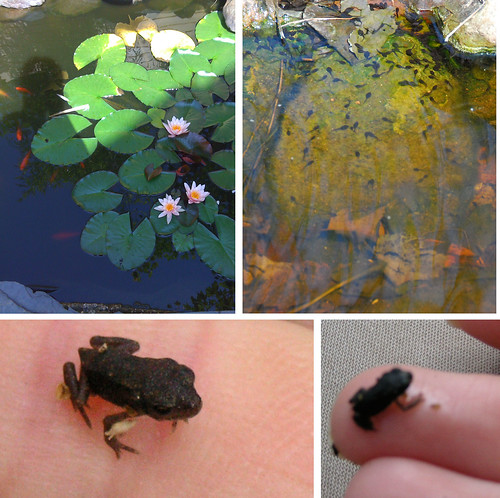
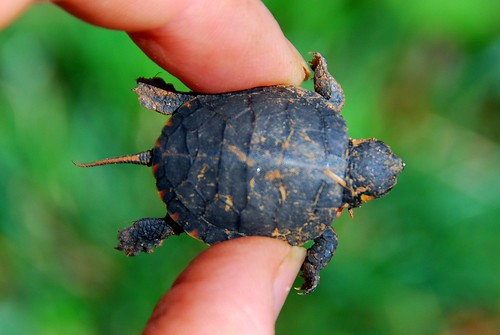

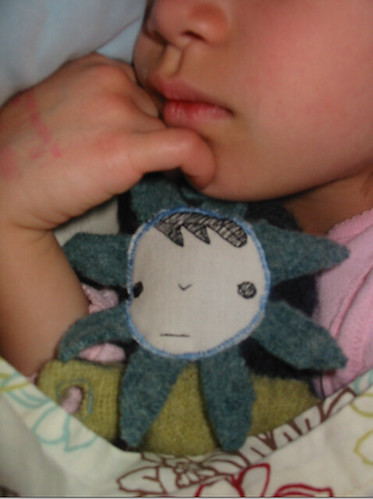



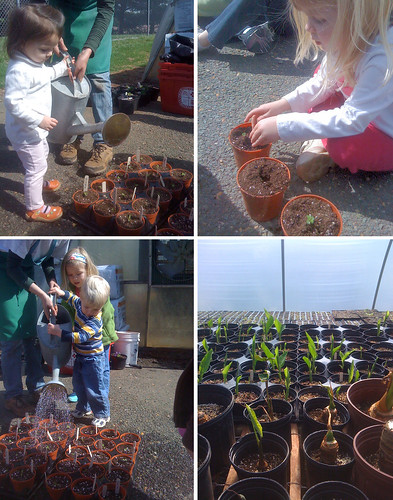
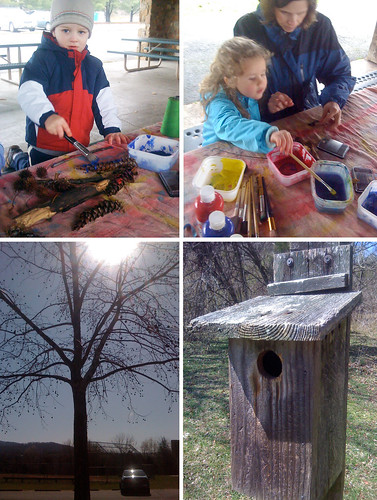
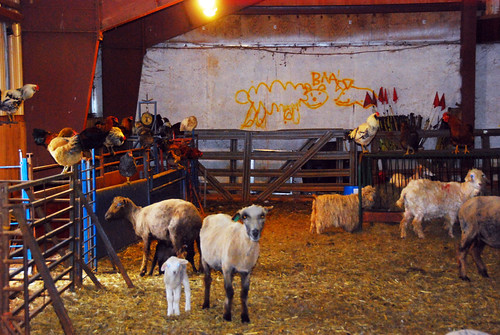
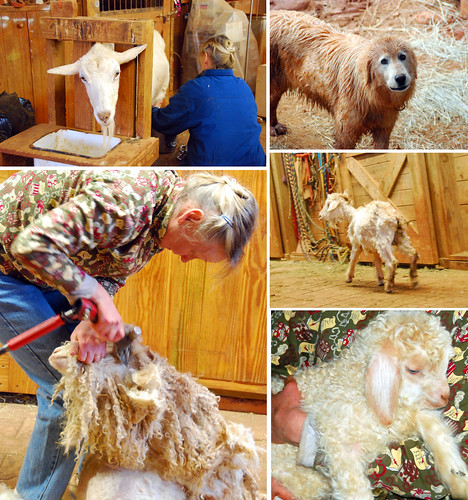
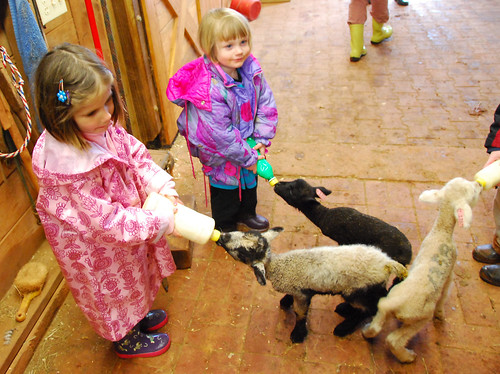
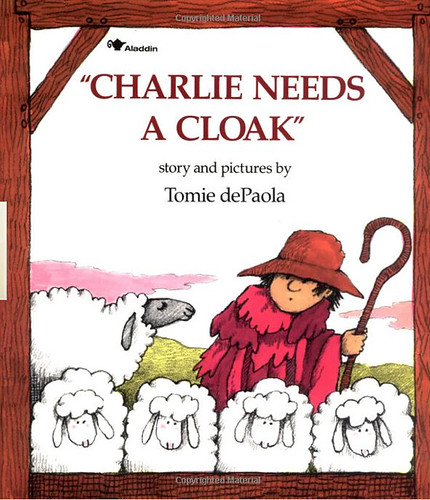

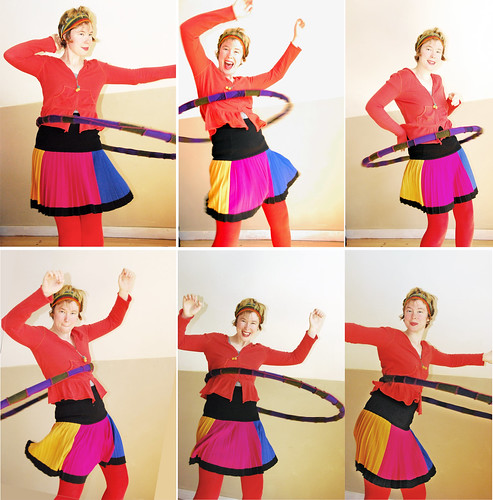
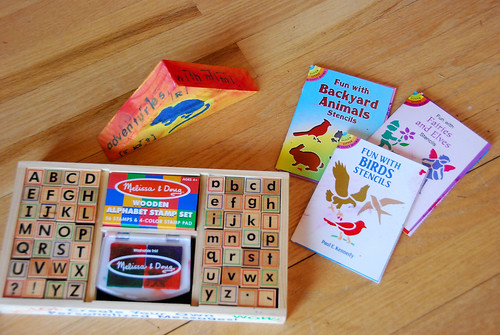



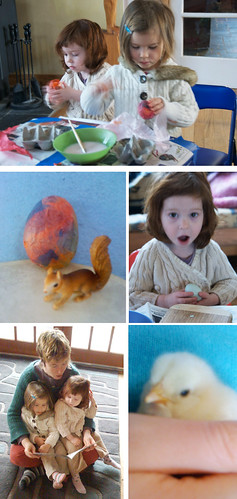
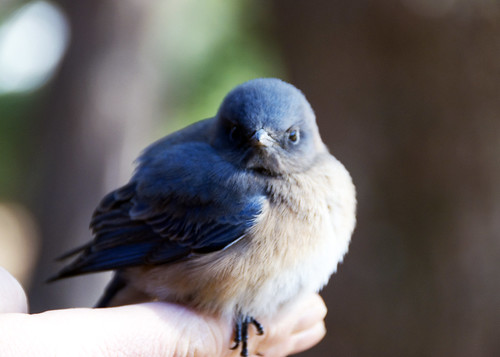
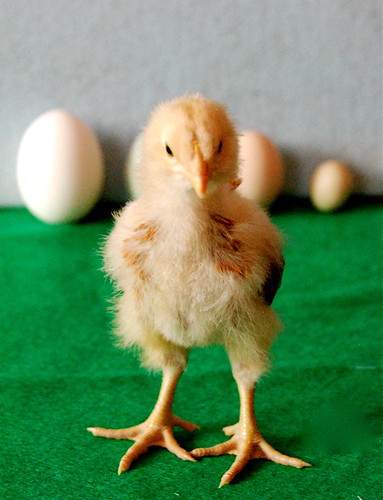

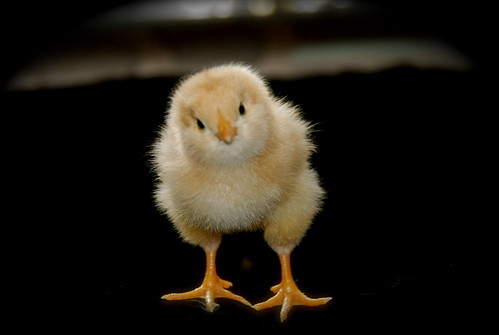

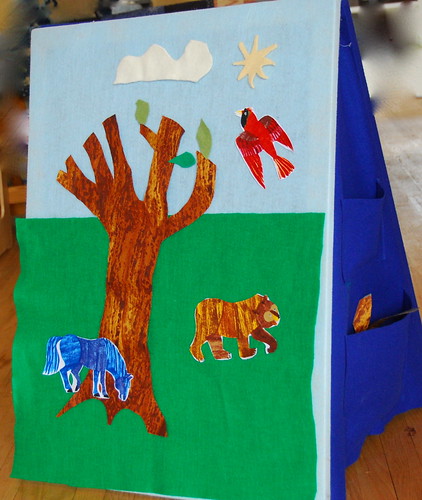

 .
.